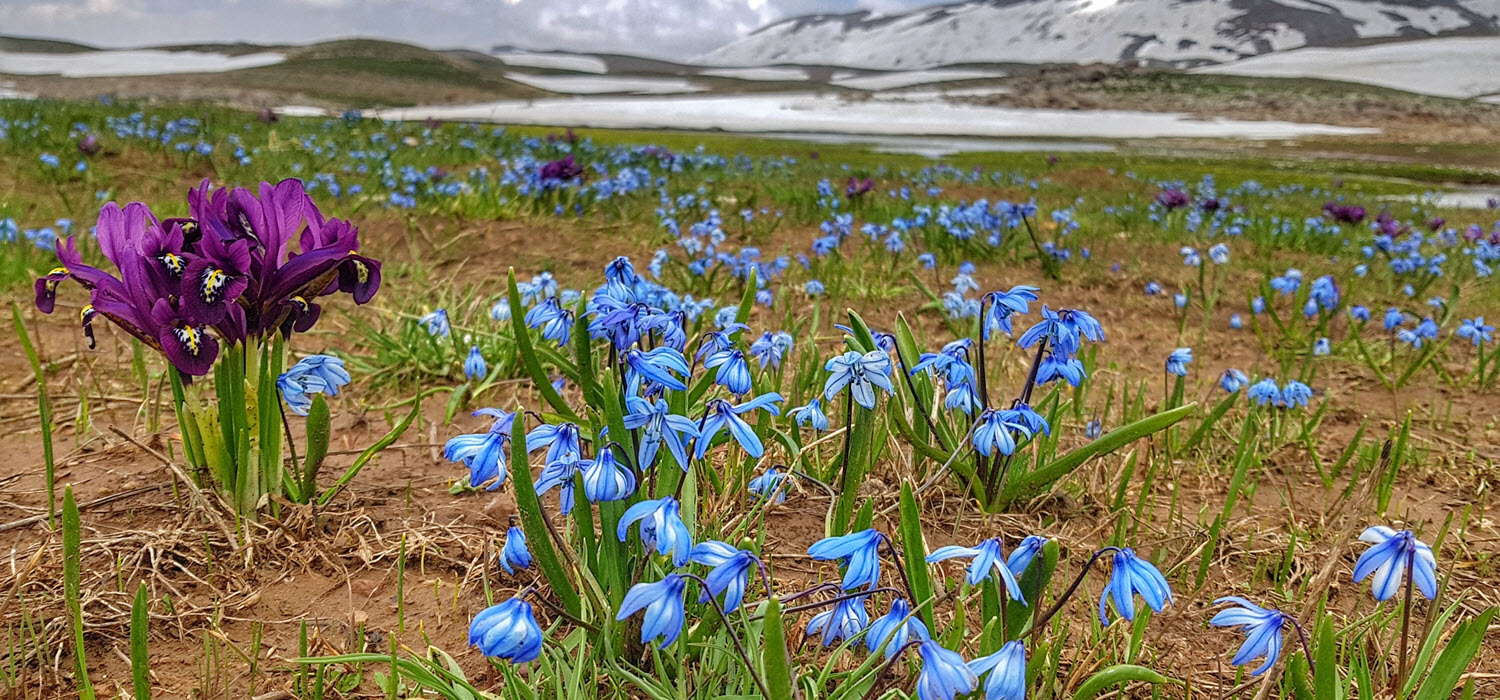Anatolia is one of the foremost world sources of plants which have been cultivated for food, and the wild ancestors of many plants which now provide staples for mankind still grow here. The Flora of Turkey, same as its fauna, is extremely rich in terms of various species of plants.
Wild forms develop defense mechanisms against predators, extremes of temperature, flooding, frost and drought. Moreover, they are resistant to the diseases so prevalent among cultivated plants. In addition, they preserve the taste, fragrance, color, hardness and other original characteristics which tend to be lost in the course of cultivation. Today thanks to strides made in biotechnology it is possible to transmit useful qualities of this kind to their cultivars. Moreover, wild forms are a fundamental reference source for the development of new cultivars. To put it metaphorically, wild forms of cultivated species are like the national archive of a country, or the core memory of a computer.
According to the principal international organizations active in wildlife research and conservation-the International Union for the Conservation of Nature (I-UCN), the International Plant Genetic Resource Institute (IPGRI) and the World Wildlife Found, there are four gene centers in the world for cultivated plants used in agriculture. Two of these are in the American continent and two in Asia. In America, Mexico is the gene centre for maize and tomatoes, and Peru for potatoes and beans, while in Asia China is the gene centre for rice and millet, and the region of southwest Asia covering most of Turkey and parts of Iran, Iraq. Syria and Azerbaijan for wheat and barley. The most important of these strategic agricultural plants is undoubtedly wheat, of which over thirty wild species still grow in Turkey. The transmission of a disease-resistant gene from a wild wheat form in Turkey to the American cultivar has meant a saving of 50 million dollars a year for the US economy alone.




